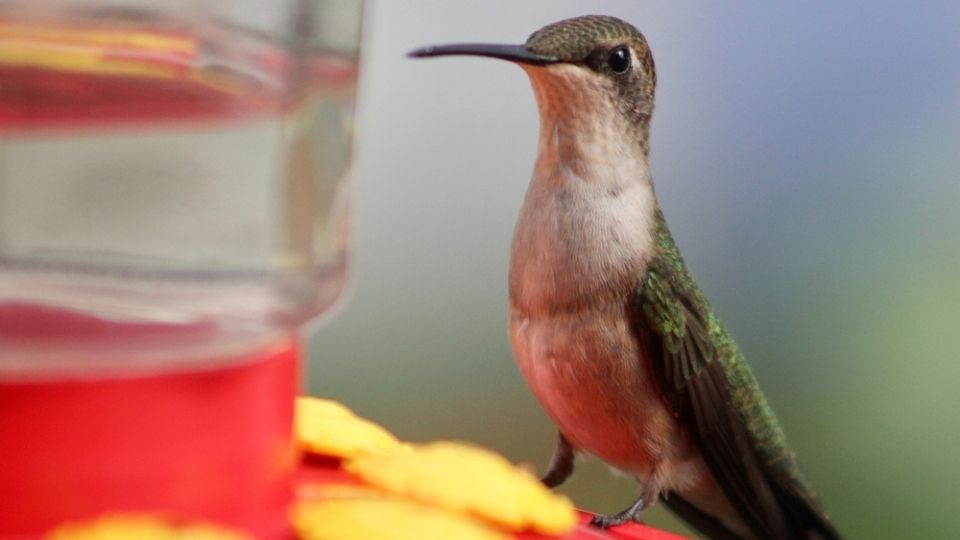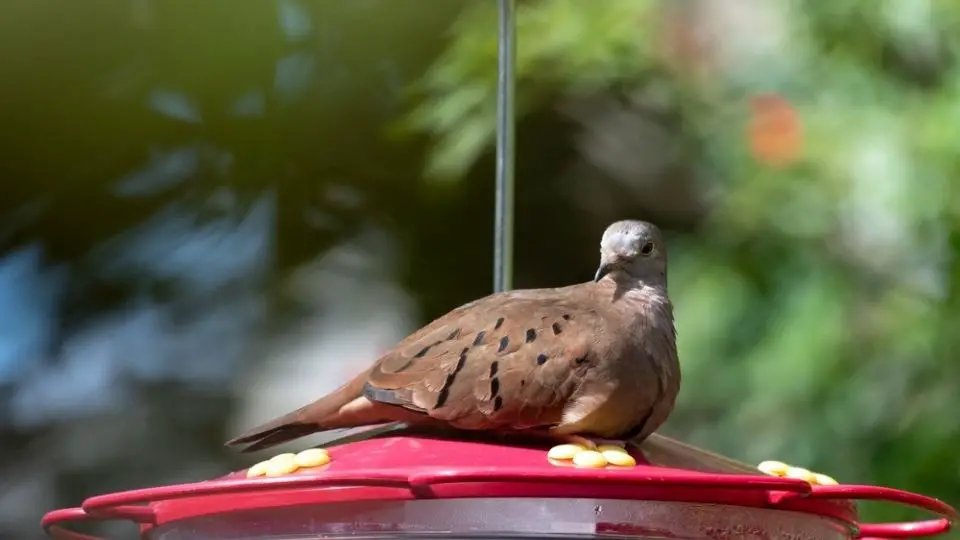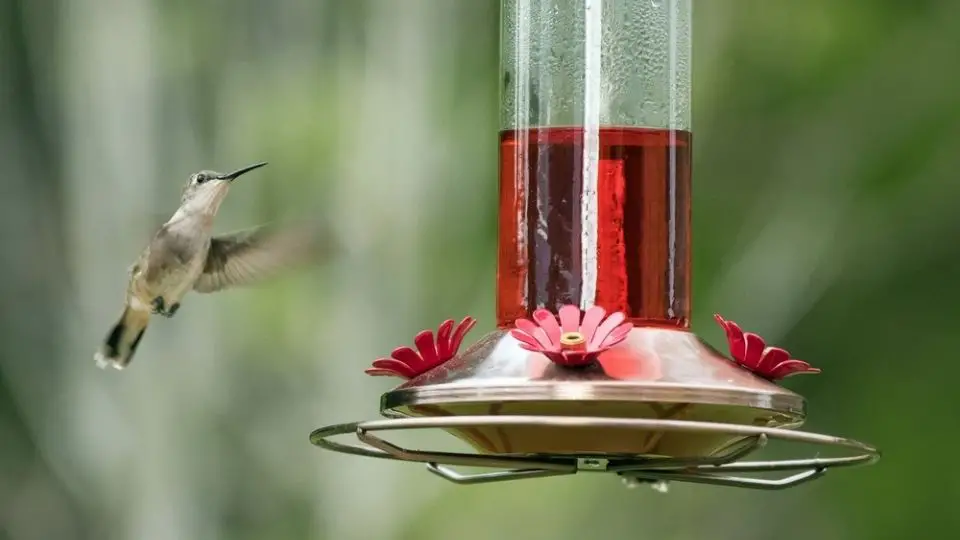You can fix and prevent leaking hummingbird feeders by ensuring its filled with nectar, kept out of wind and heat, cleaning often, and checking for damage frequently. Leaks can lead to waste of nectar, bad odors, contamination, staining on your patio, and stickiness that can harm hummingbirds.
The modern
Table of Contents
How do I stop my hummingbird feeder from leaking?
In truth, a drip or two from a nectar feeder may not necessarily be a problem. However, persistent leaks can lead to hazardous issues in the garden, some of which include:
Wastage
The nectar is usually wasted whenever a feeder begins to leak since the hummingbirds cannot drink it off the ground. As a result, you will have to go refill it more frequently, which means more labor and expenses, making even the best
If a feeder leaks quite heavily, visiting hummingbirds may not have any nectar left for them to drink before you can refill it. With such an unreliable food source, the hummingbirds may eventually stop returning since you need a filled feeder.
Bad smells
The sweet scent emitted from spilled nectar does not matter to hummingbirds since the birds have a muted sense of smell. Nonetheless, it can attract mice, raccoons, rats, insects, deer, squirrels, and in some cases, even bears—none of which are the kind of feeder guests you would want. They could also drain all the nectar and damage the feeder.
Blemishes
As your feeder nectar drips on your deck or patio, it can form stubborn stains that can be difficult to remove. Also, if your feeder is leaking over plants or grass, it can cause them harm. It can also upset the soil chemistry, leading to an unattractive blemish in your lawn or hummingbird garden.
Stickiness
As the water begins to evaporate from your leaking
The stickiness can also result in the feeder getting damaged or becoming blocked if it is allowed to accumulate. It’s advisable that you take proactive steps to stop your hummingbird nectar and feeder from leaking.

How can I fix a leaky hummingbird feeder ?
Ensure you have a filled feeder
In some cases, dripping could signify that your glass
Doing this will also help create the vacuum required for the feeder to keep things flowing. The difference in air pressure and the weight of the liquid inside the feeder will also help to ensure that things flow as they should. This will go a long way to prevent any
Protect the feeder from wind and heat
High temperatures can harm the way your
Afterwards, hang it in the shade where it will be protected from high temperatures. Likewise, strong wind currents will cause
Clean Feeder
When cleaning your
Clean out the tube using a pipe cleaner and rinse well to allow the smooth flow of liquid. In some cases, soaking the stopper in hot water can help soften it. You can re-insert it for a better and tighter seal.
Check your feeder for any signs of damage
If you find that the stopper on your
Also, if the neck or rim of the glass bottle is chipped or cracked, it could cause your feeder to experience leakage issues. In such a situation, you may have to replace or upgrade it.
Get rid of perches
Orioles, woodpeckers, warblers, and other kinds of birds may at times try to sip from your nectar feeder. Even though this is not necessarily bad, their weight could unbalance and tip the feeder.
On the other hand, hummingbirds can hover as they feed and don’t require perches to access the feeder. Therefore, you can place other perches nearby for them, This way they can rest and guard the feeding area without having to risk leaks or tips.

Is there a hummingbird feeder that doesn’t leak?
Most hummingbird enthusiasts don’t know that it is possible to feed your favorite birds without ever having to deal with issues of leaking and dripping. However, to achieve this, you cannot use classic reservoir feeders. Instead, here’ what you’ll need to do:
Switch up feeder styles
Changing feeder styles involves using only dish-style or saucer-style feeders that hold nectar underneath the feeding ports. You must remember that hummingbirds have long tongues and can reach nectar easily. Therefore, unless they are drastically tipped, saucer feeders will not leak.
Make use of natural foods
One may also avoid nectar feeders altogether and instead come up with a hummingbird garden design that includes some of the top flowers known to attract hummingbirds. This is because they produce nectar, which means you can completely eliminate the issue of leaking feeders while still providing food for the birds. In addition, flowers refill themselves with nectar through a natural process, so any visiting hummingbirds will always have something to drink.

